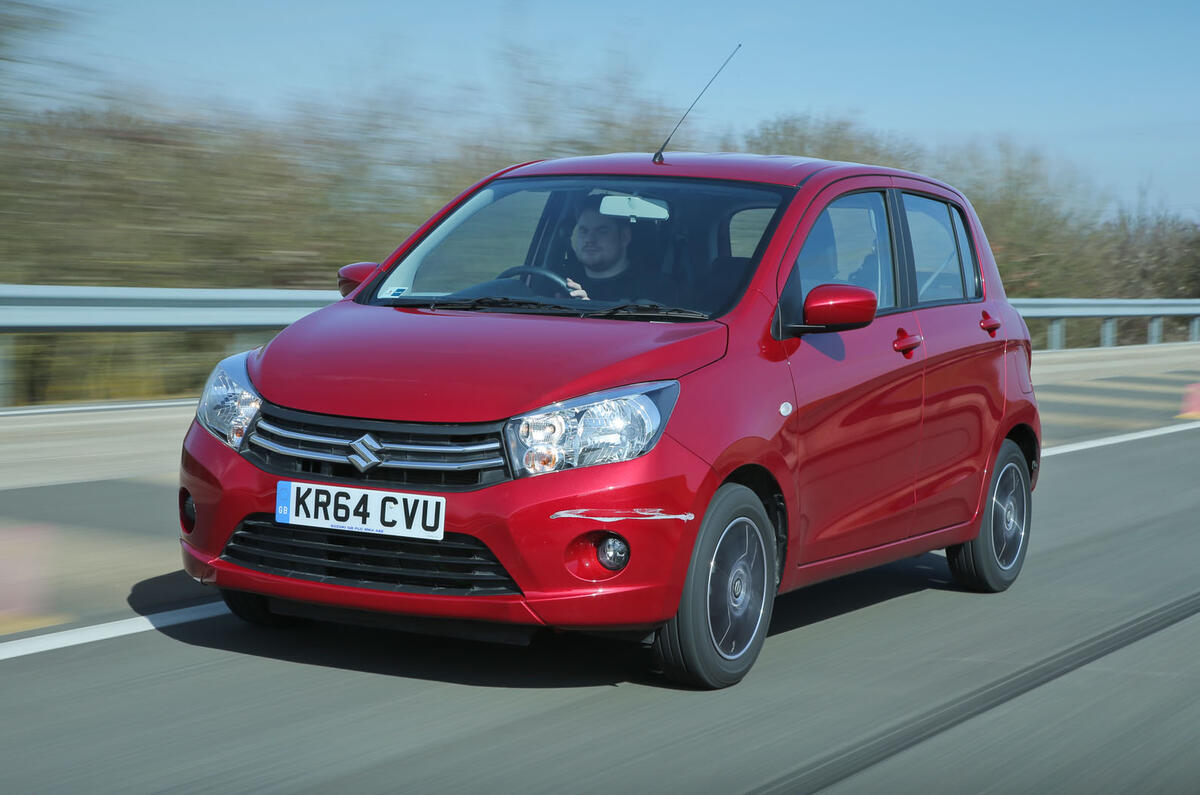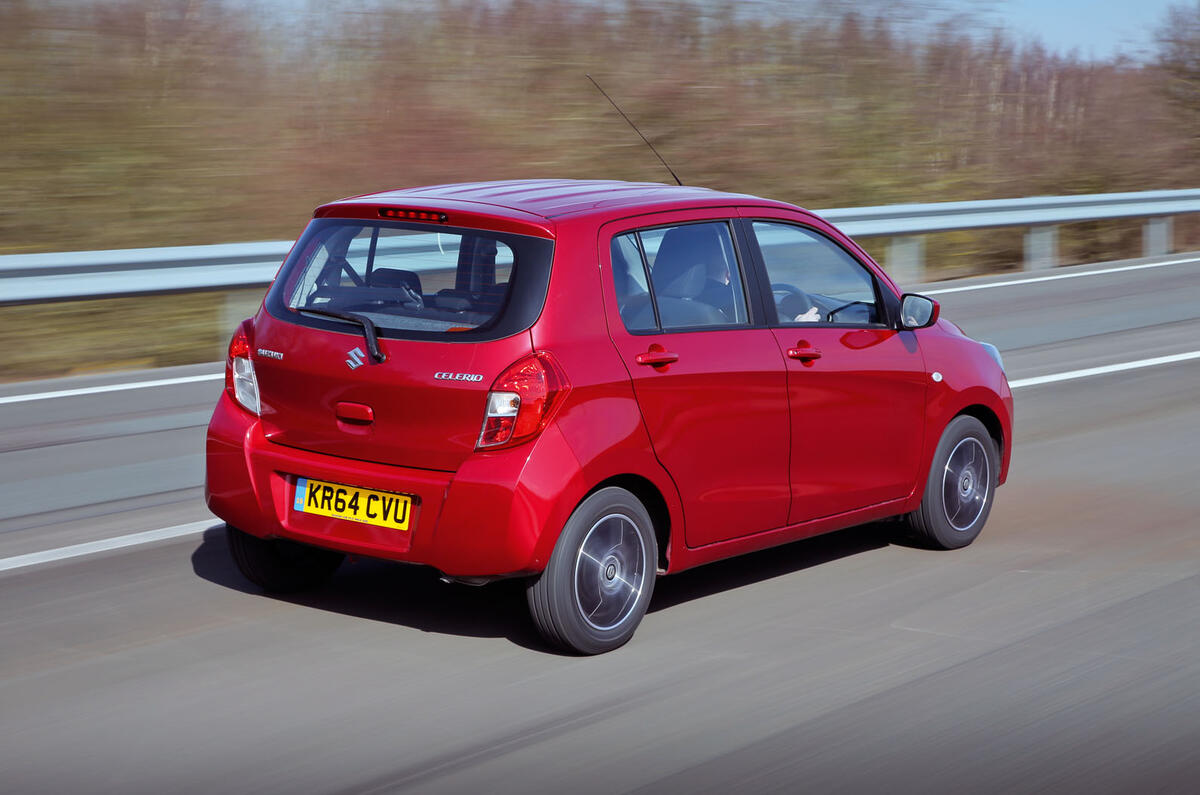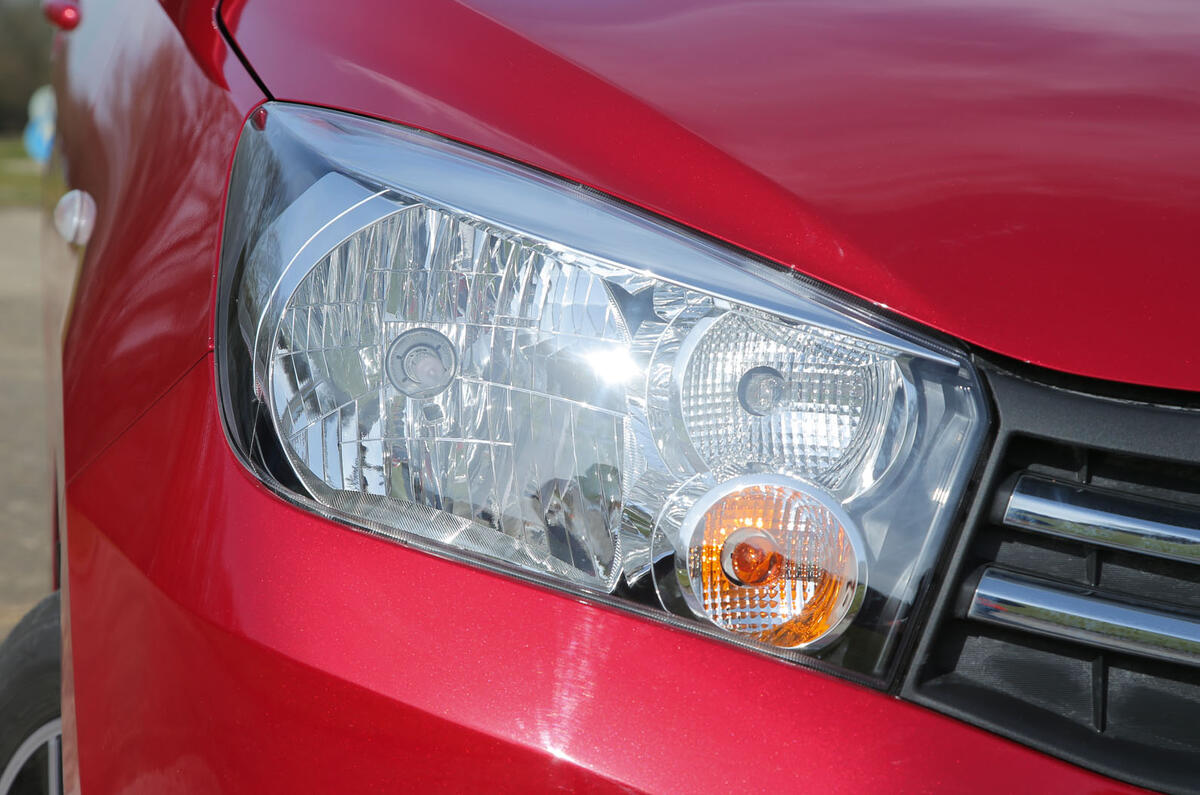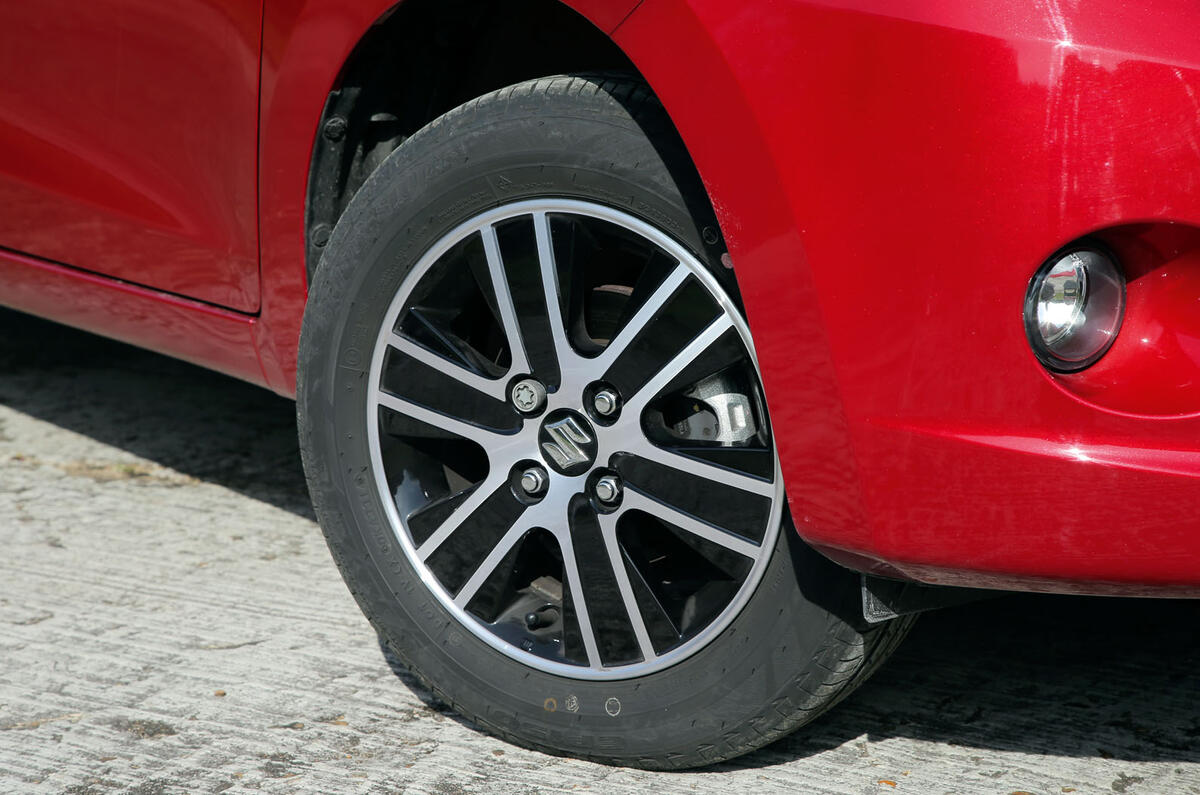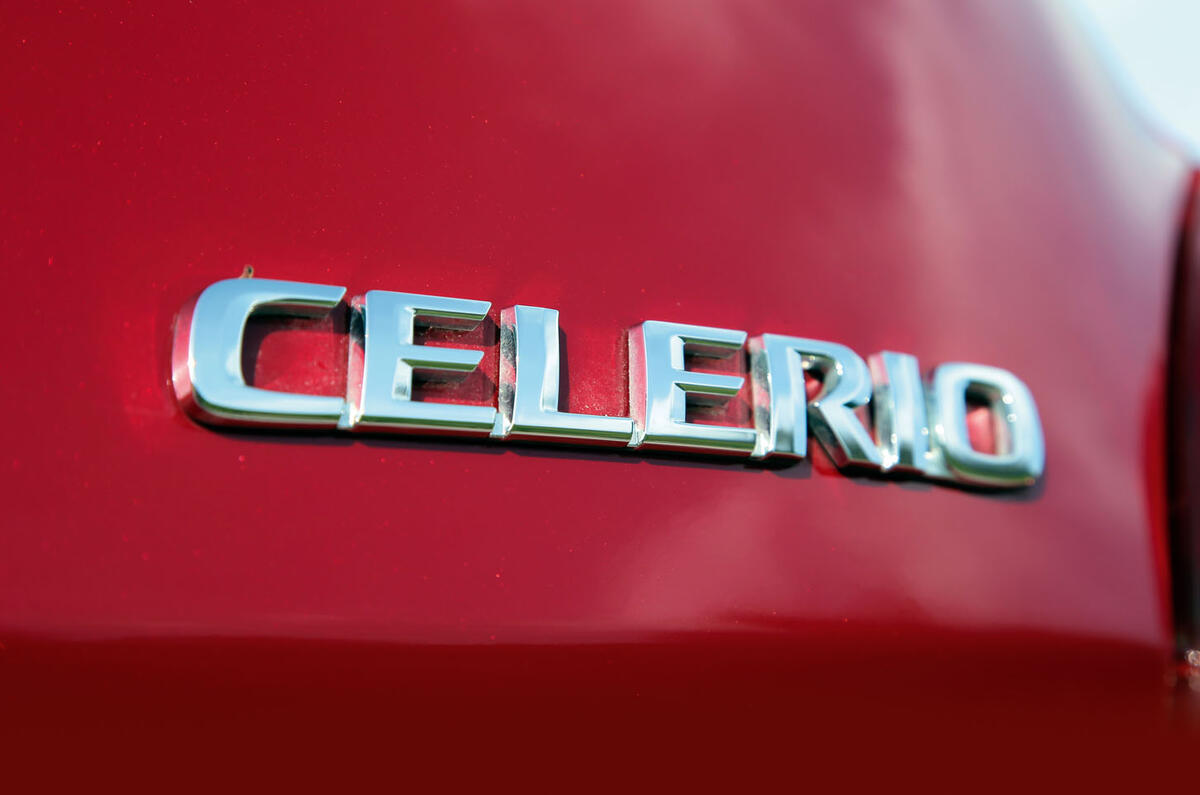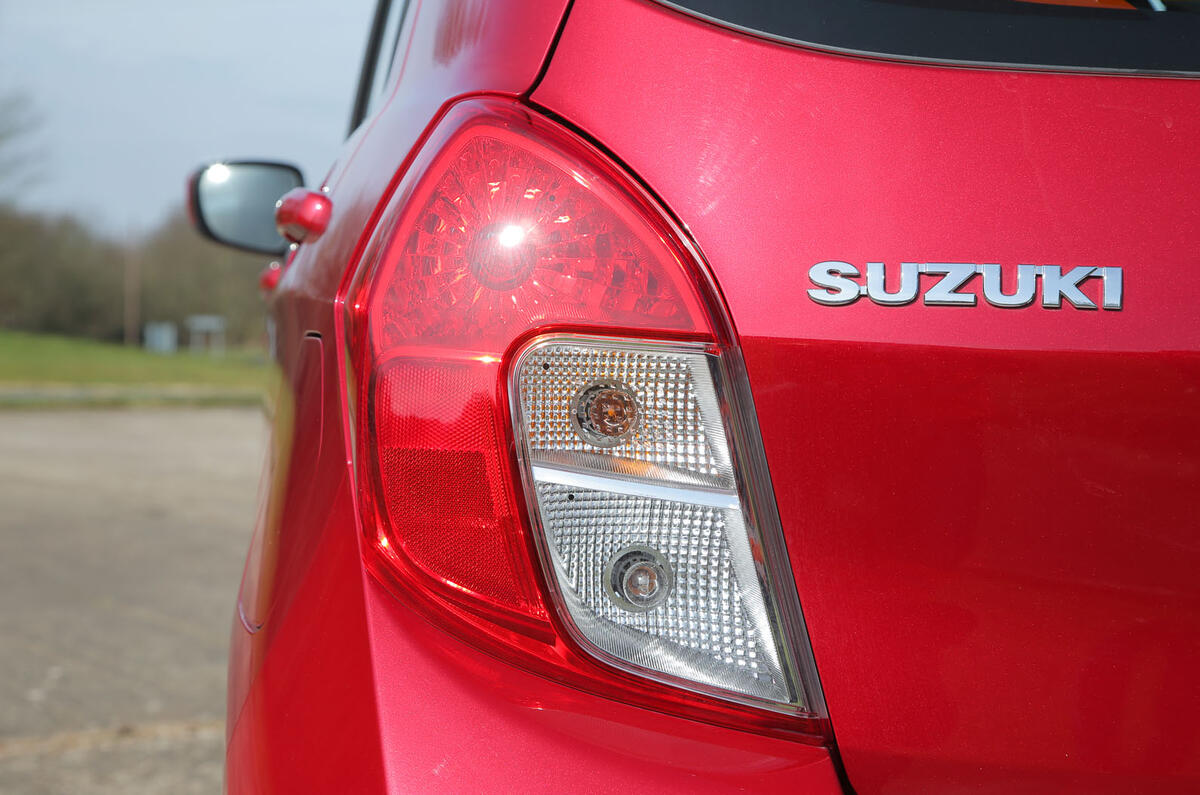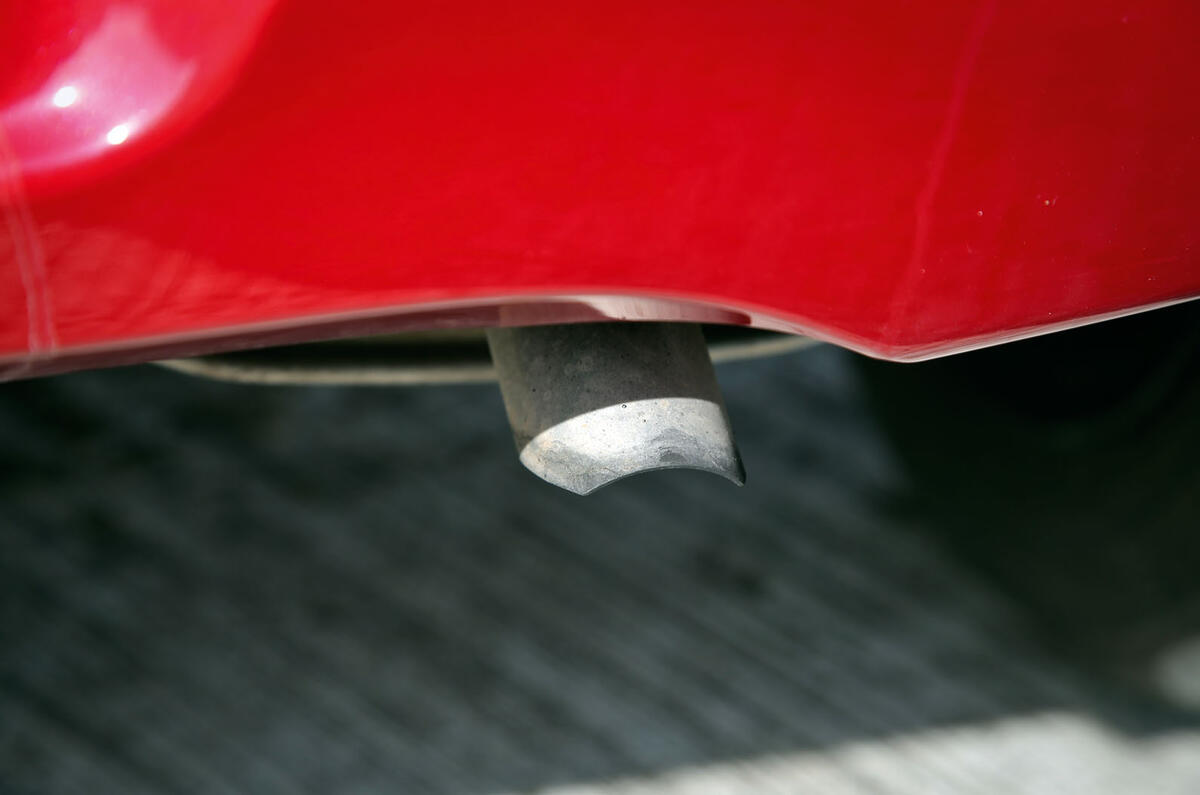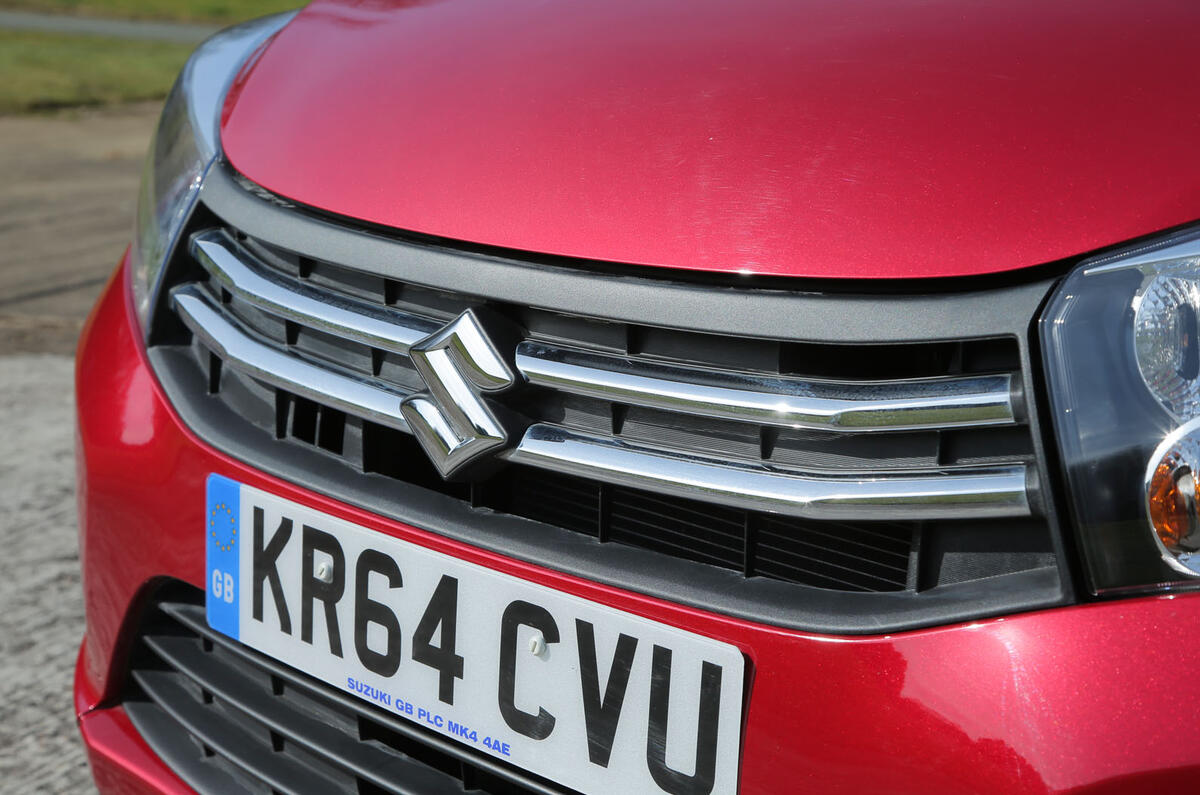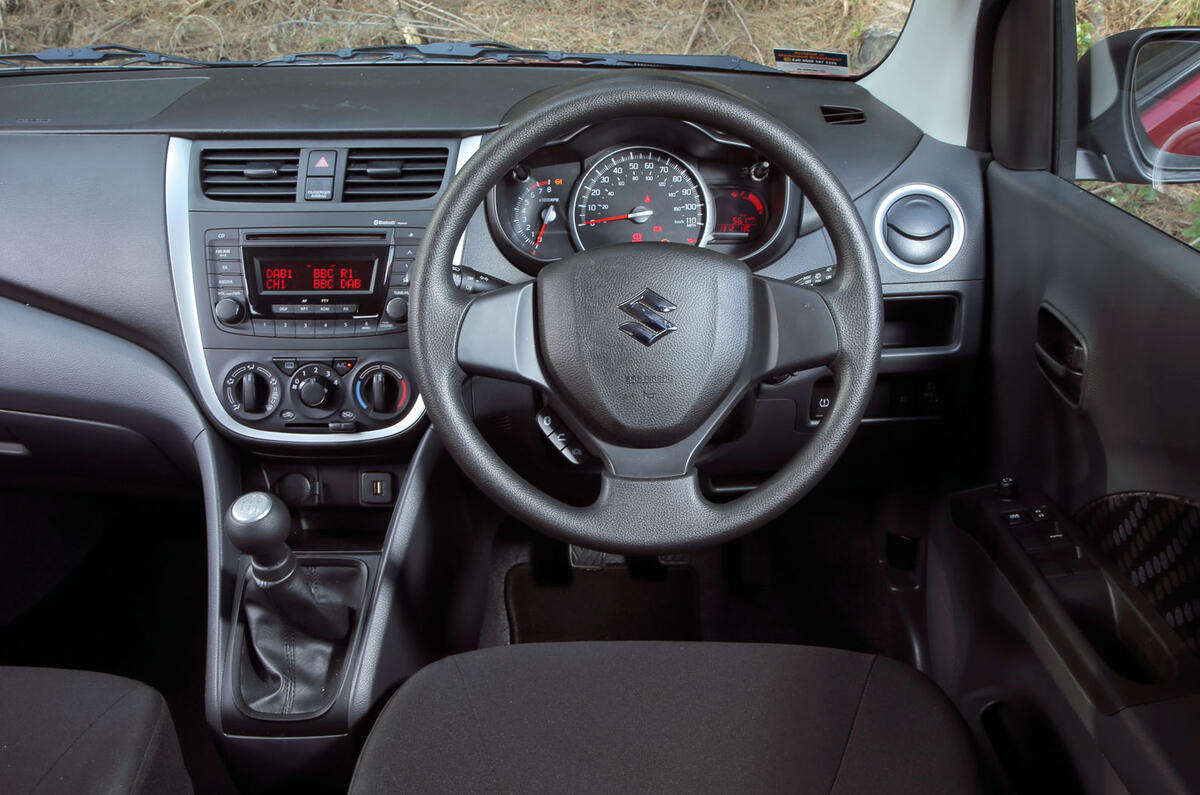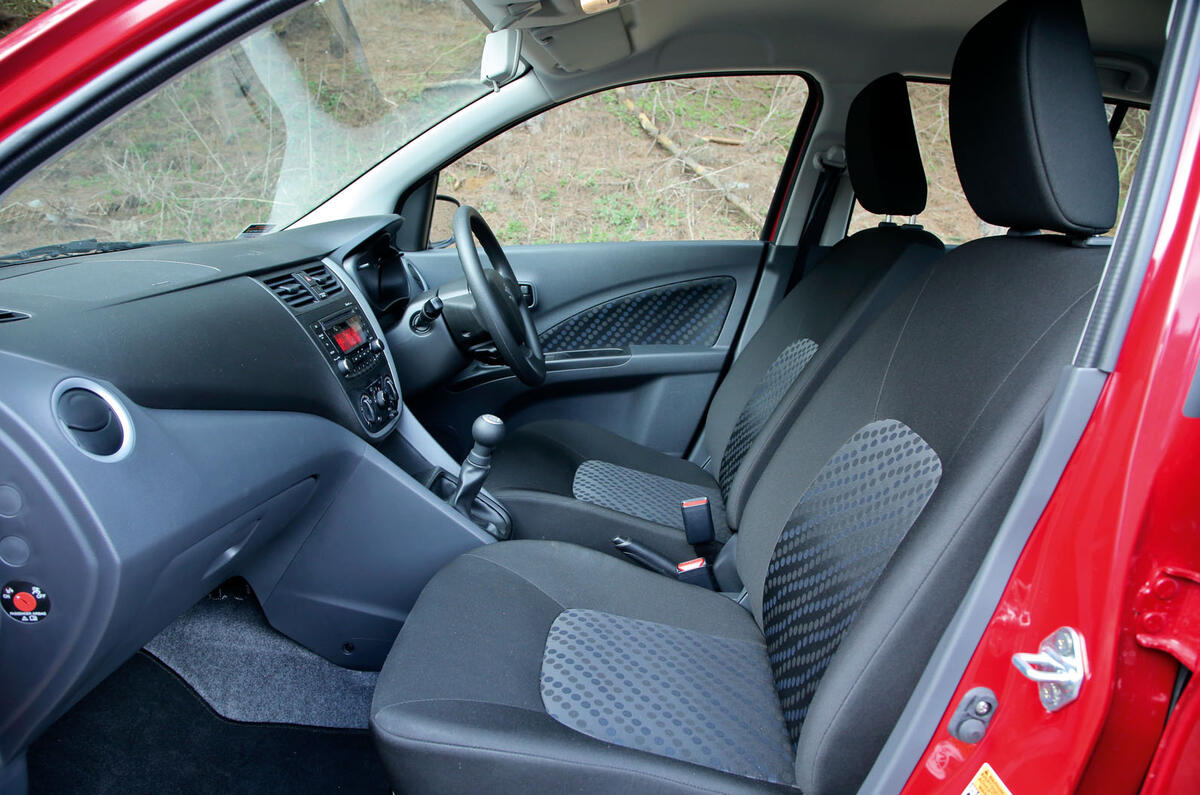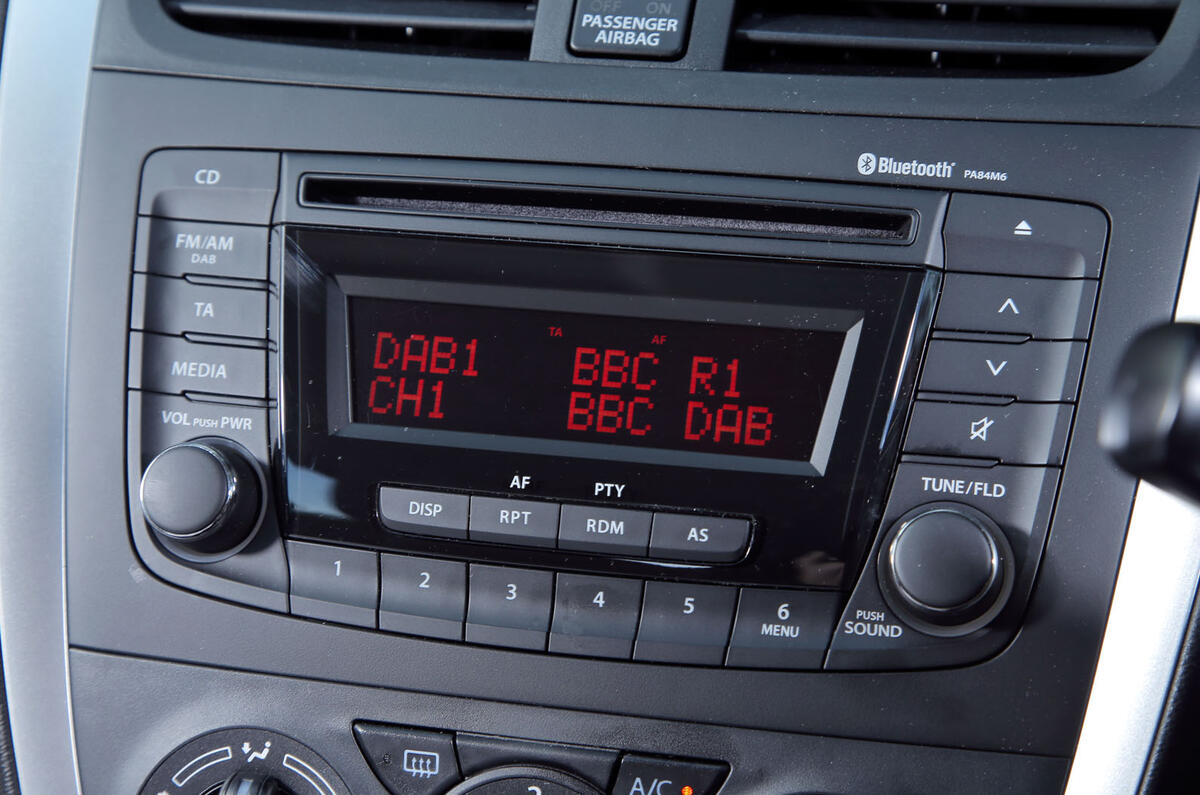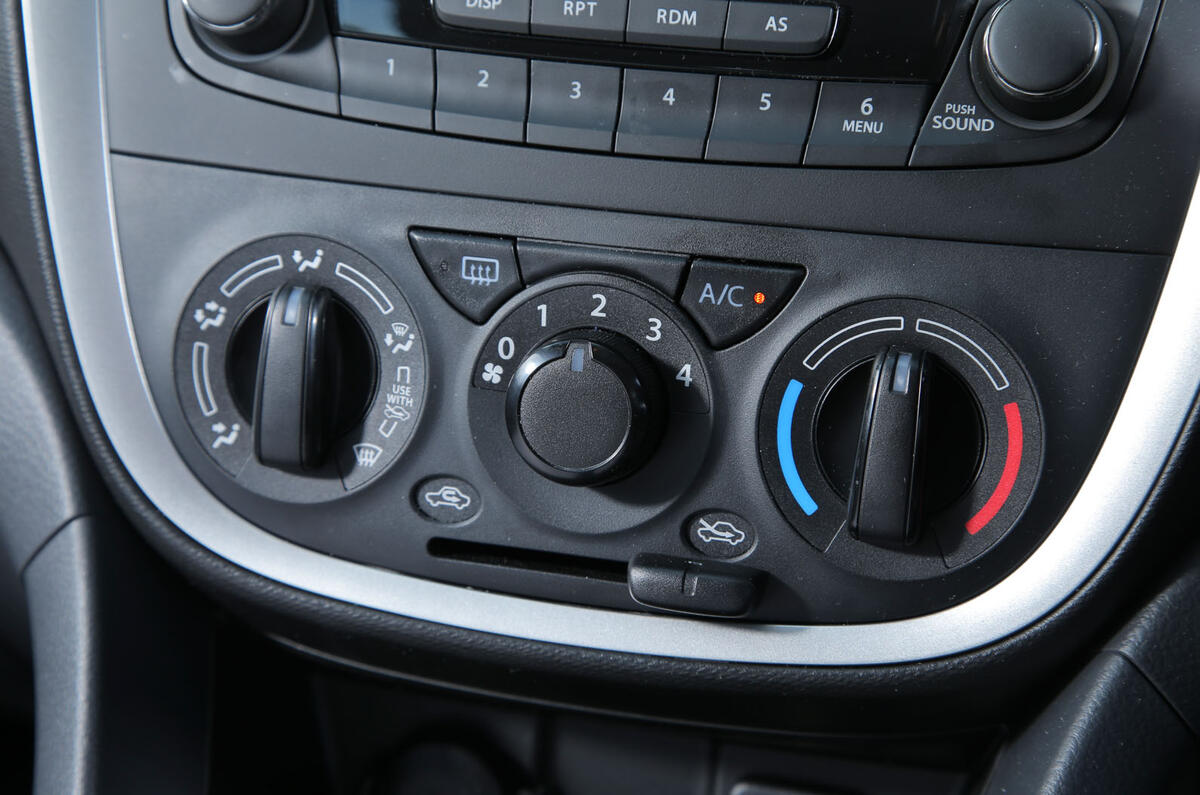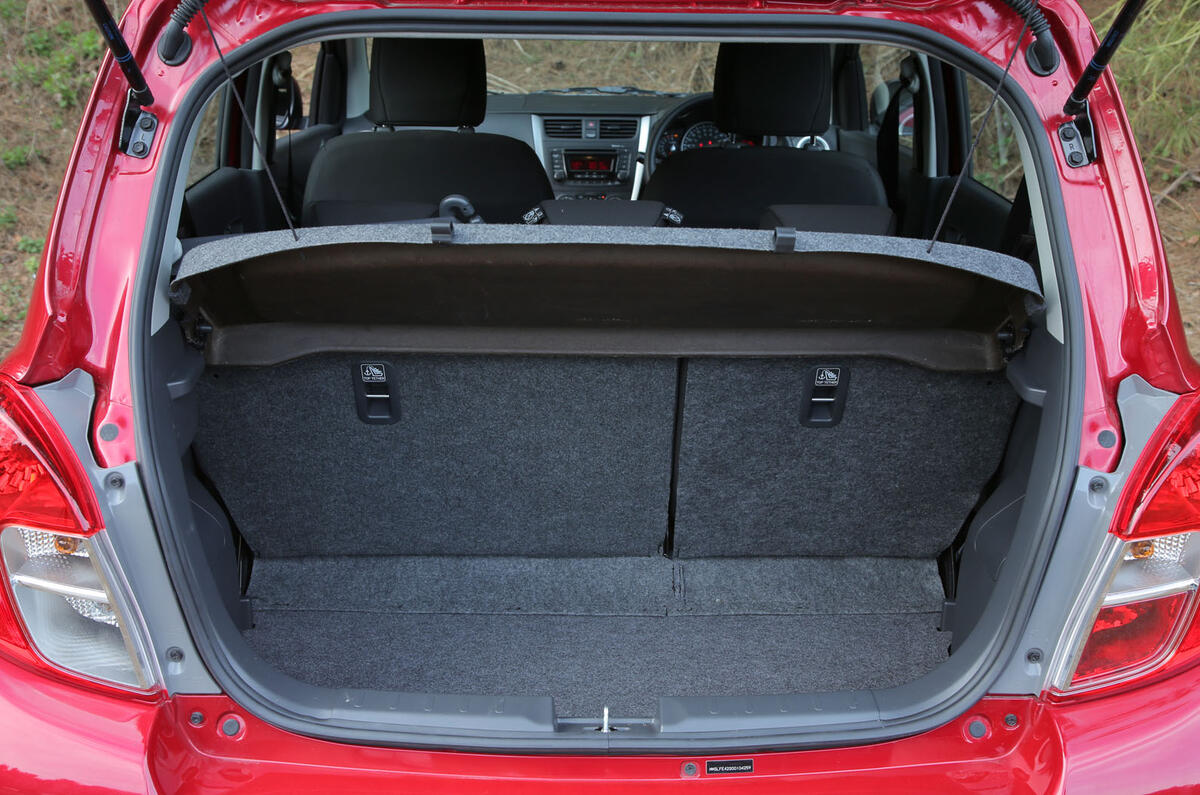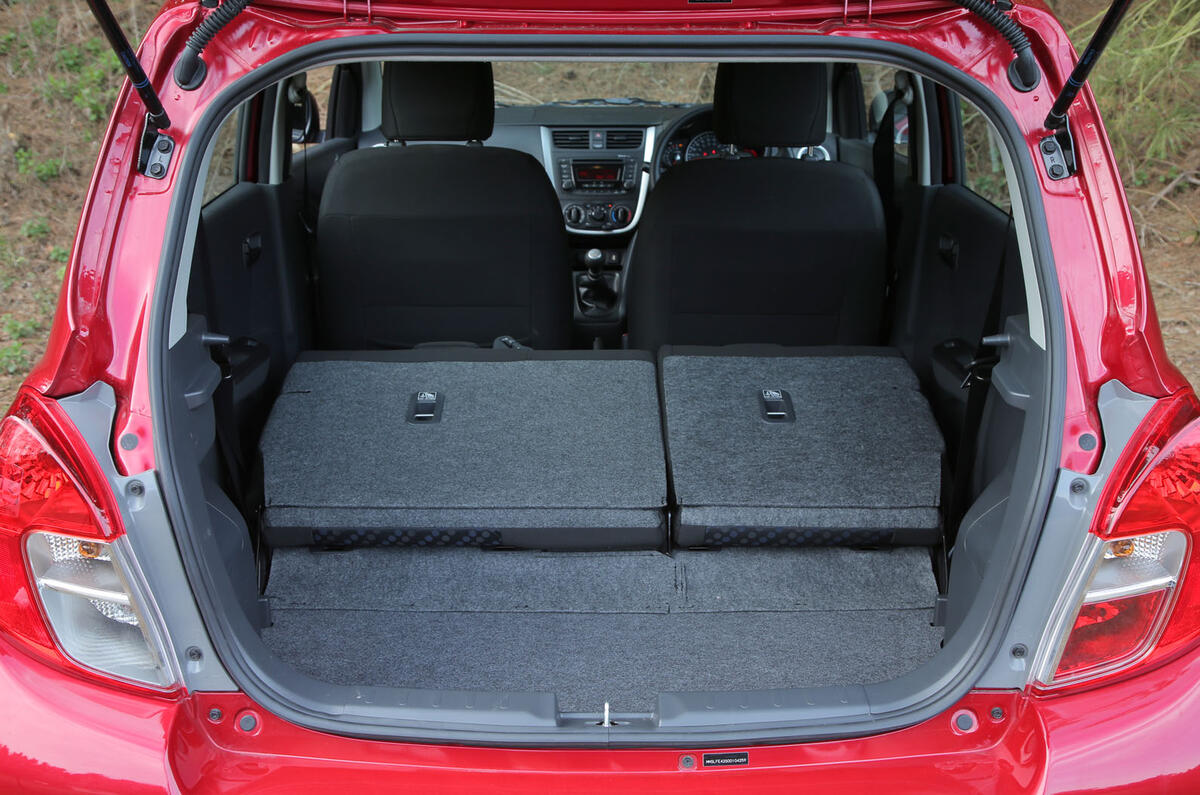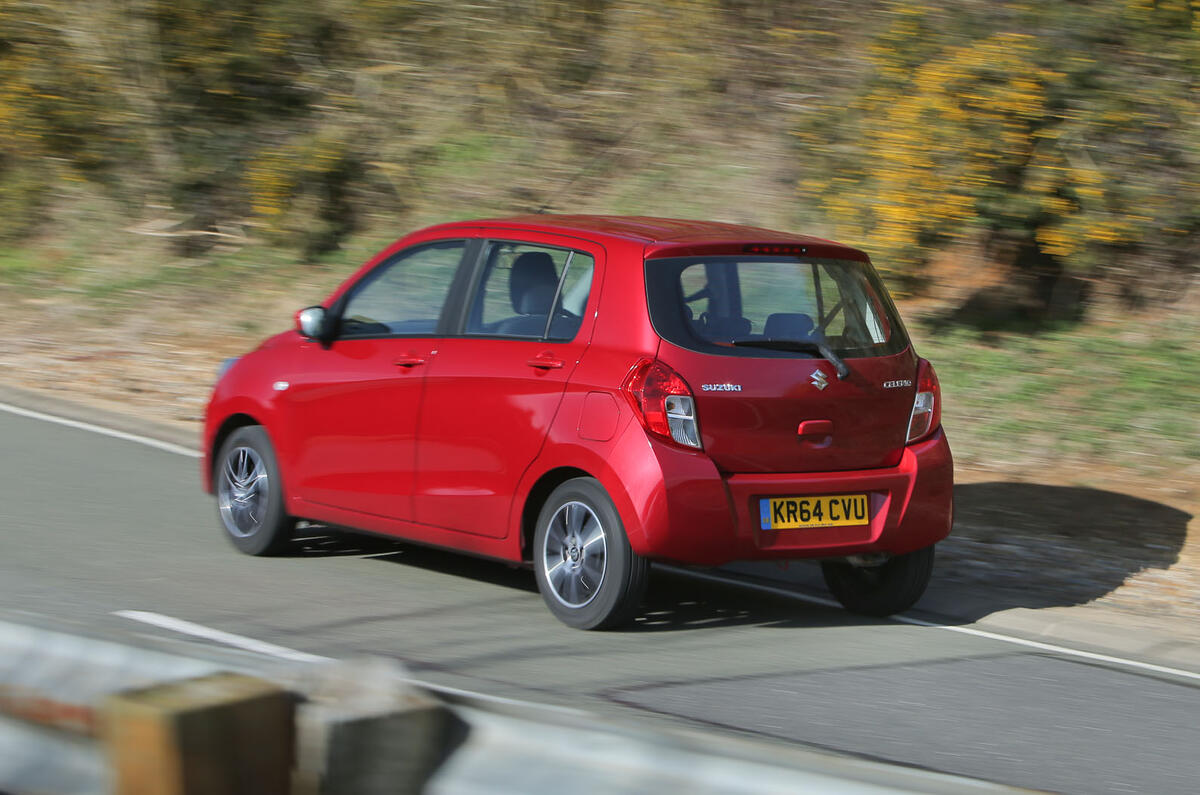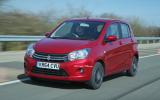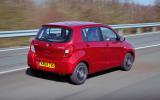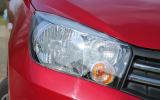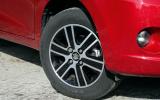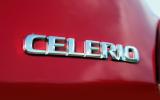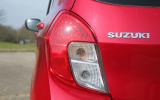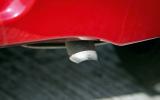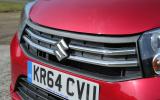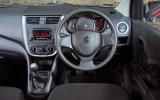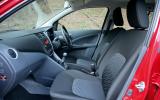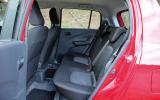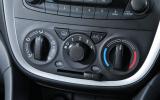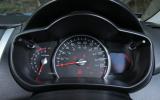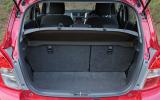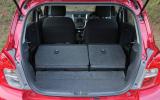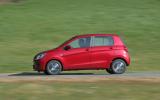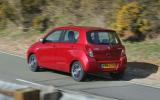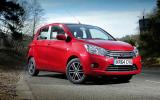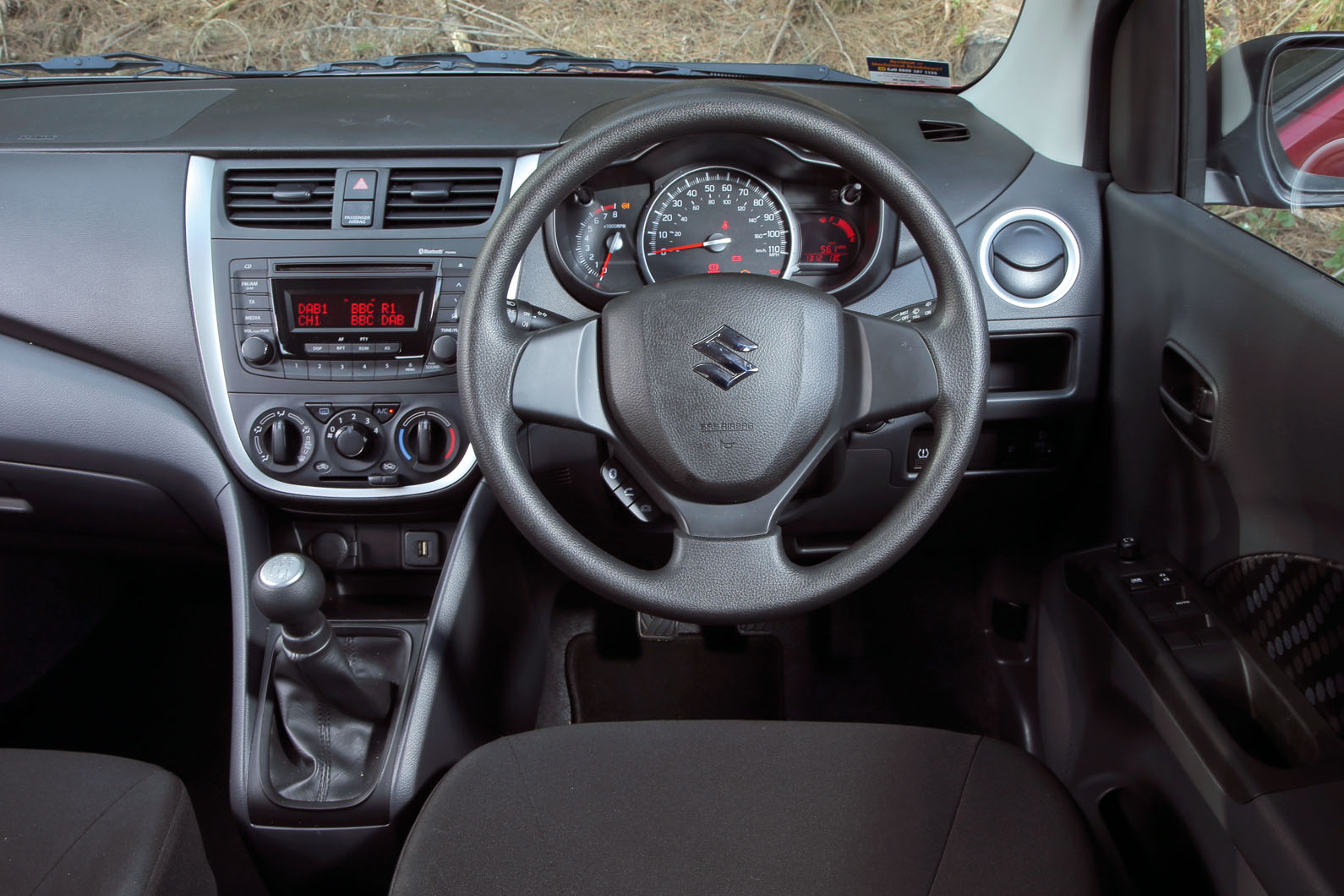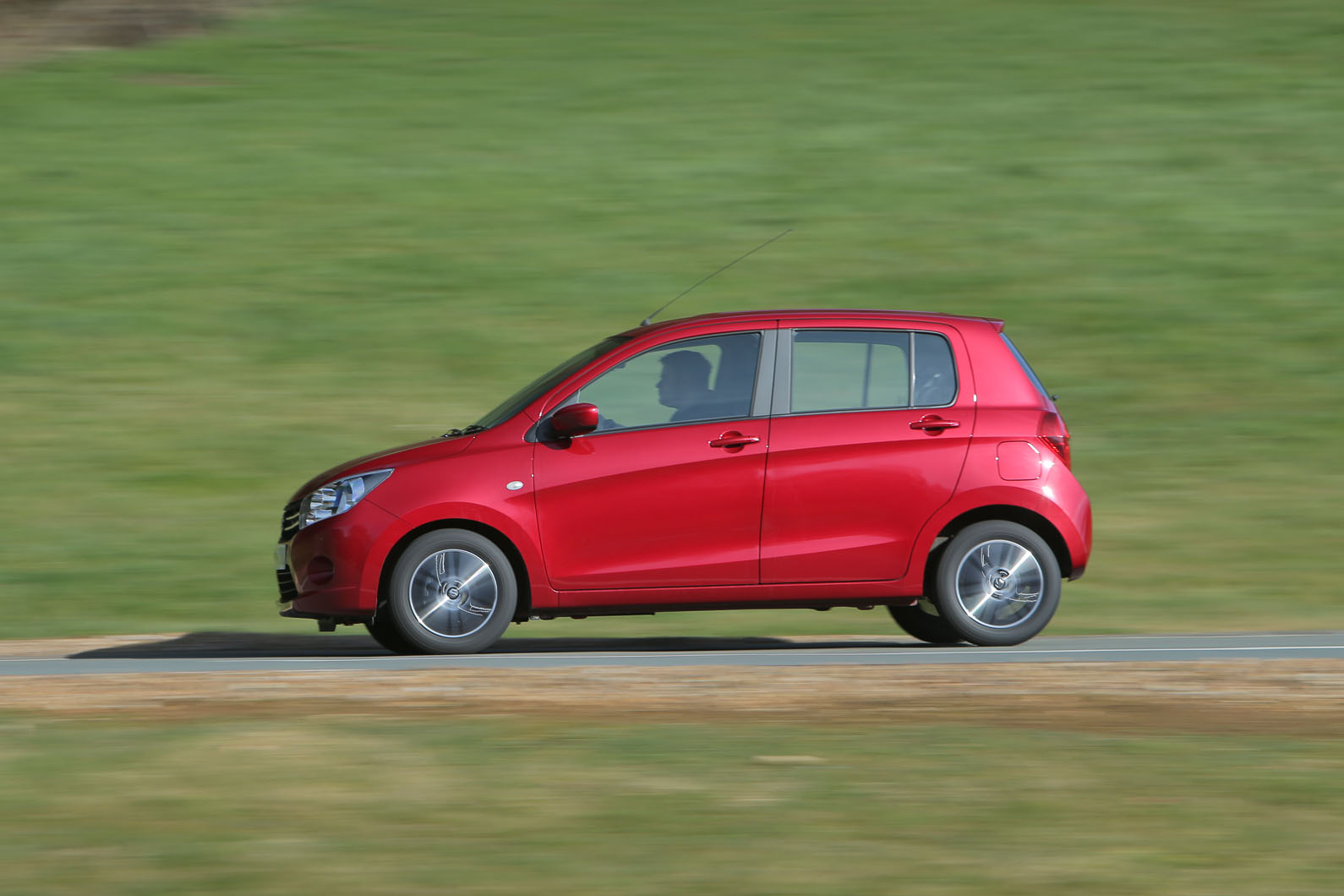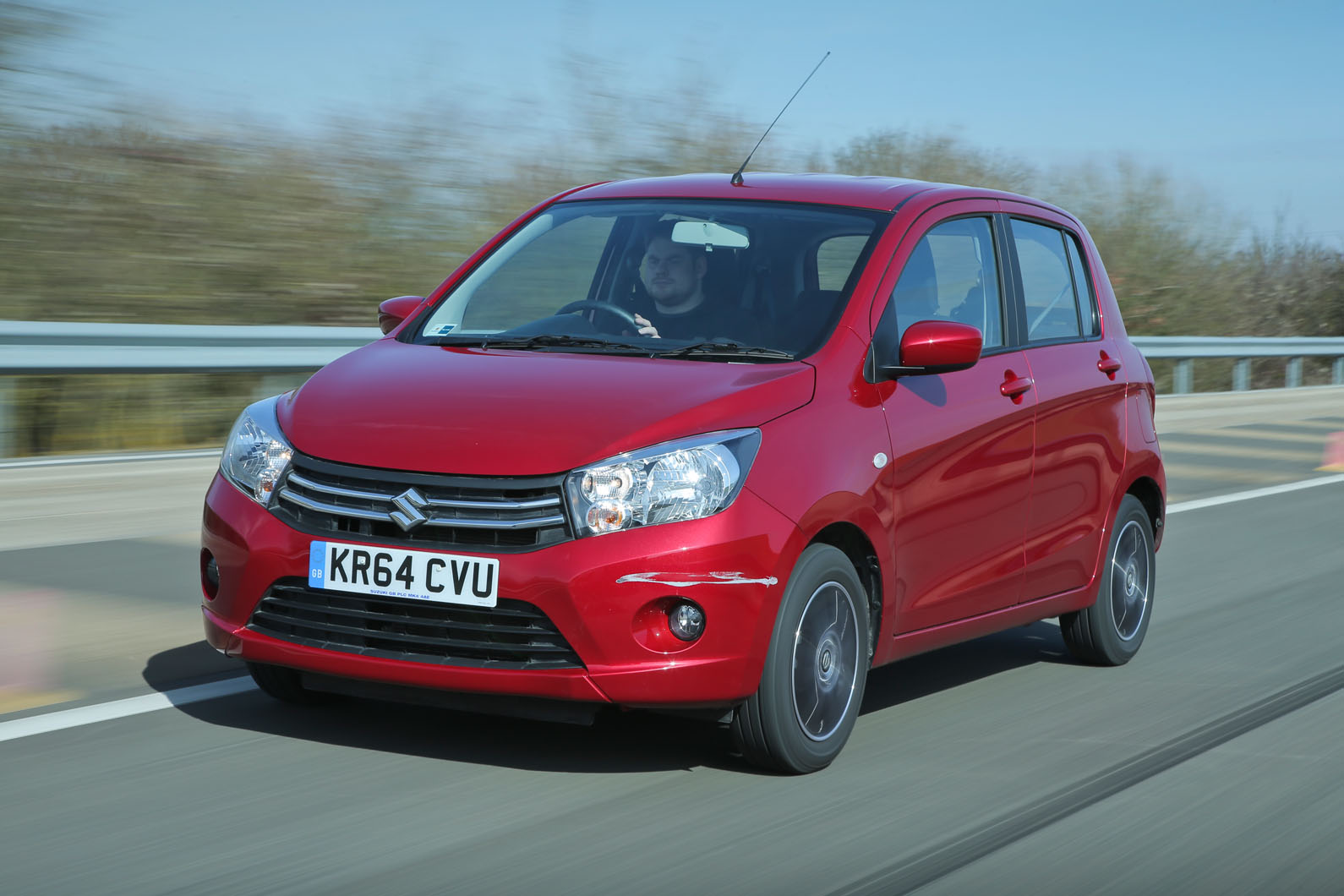For a small car made by a bit-part player in the global car market, the Suzuki Celerio received a disproportionately large amount of coverage in Autocar – and that’s not counting the full review you’re about to read.
The Celerio might have justified much of that coverage all on its own and in the usual ways, by virtue of being new, interesting, practical and appealingly well priced. We’ve come to expect nothing less from Suzuki – and we’ll cover those many facets in detail.
Suffice to say for now that this isn’t just another city car but a sign of new-found ambition and imagination from Japan’s maverick supermini and 4x4 specialist.
And yet, it has also had a UK market launch marked by controversy. The Celerio provided a welcome reminder of the need for independent and thorough testing when, six weeks ago during our own performance benchmarking session, it failed a routine emergency braking test.
Two test cars suffered the same brake linkage failure on the same day, leading to a collapsed pedal, when required to execute a maximum-pressure, ABS-assisted stop from 70mph.
It’s a clear example of a safety-critical mechanical defect being flushed out by what we still believe to be the most thorough assessment of a new car carried out by any car magazine anywhere in the world – and, mercifully, before it was allowed to endanger lives on UK roads. Which, in a rarely necessary but important sense, is what we’re here for.


